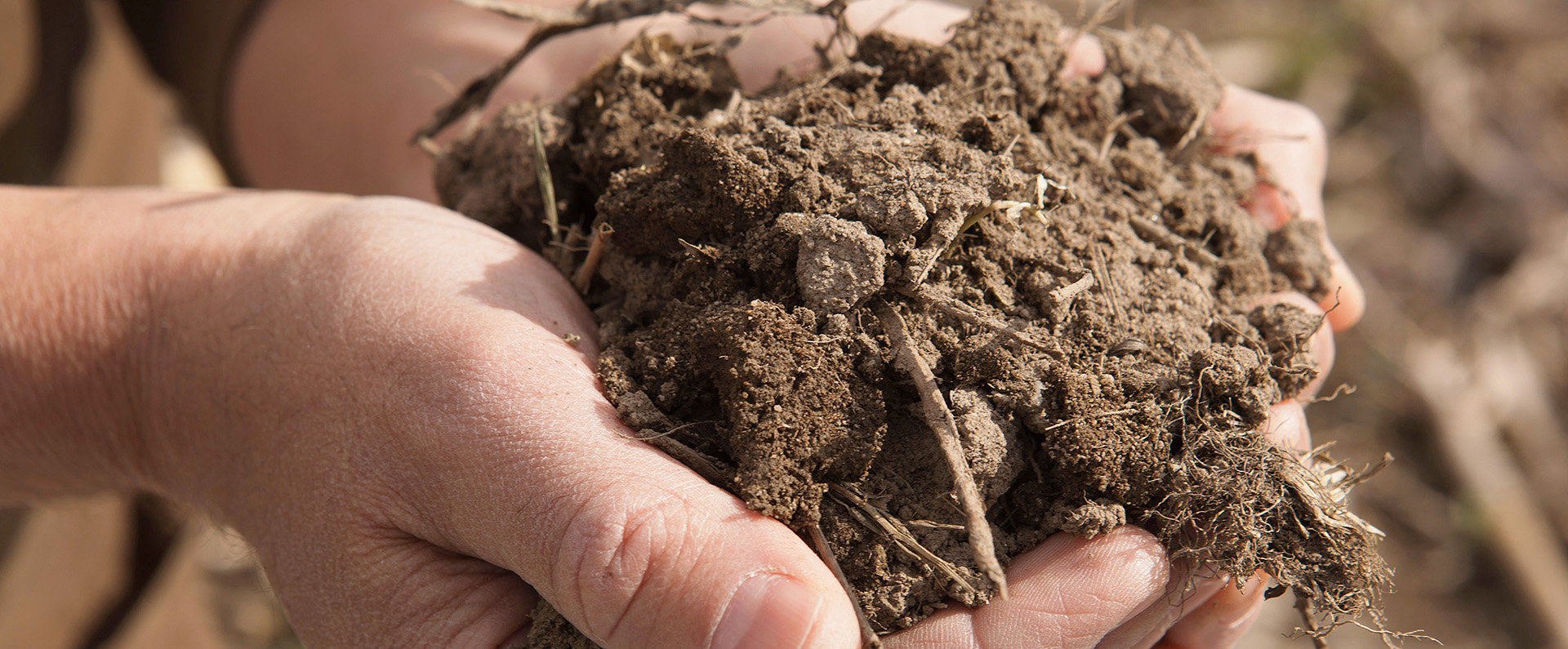Mercury is a naturally-occurring element found in soil, water, and air. But it can also be found in our food, and high levels of exposure may cause neurological and kidney damage. Current methods for detecting mercury in environmental samples are complex, time-consuming, and require specialized training. However, an ARS-funded research project at Purdue University in West Lafayette, IN, may have found a simpler, more efficient solution.
Researchers here developed a dual-detection biosensor that is faster, more user-friendly, and just as effective and accurate as existing methods. It is also portable, enabling on-site testing of samples for mercury in the parts-per-million range and displaying the results on a smartphone. The biosensor can also be adapted to multiplex, low-cost strip devices for on-site detection of toxins, pathogens, and heavy metals other than mercury.
Read this article to learn more.



